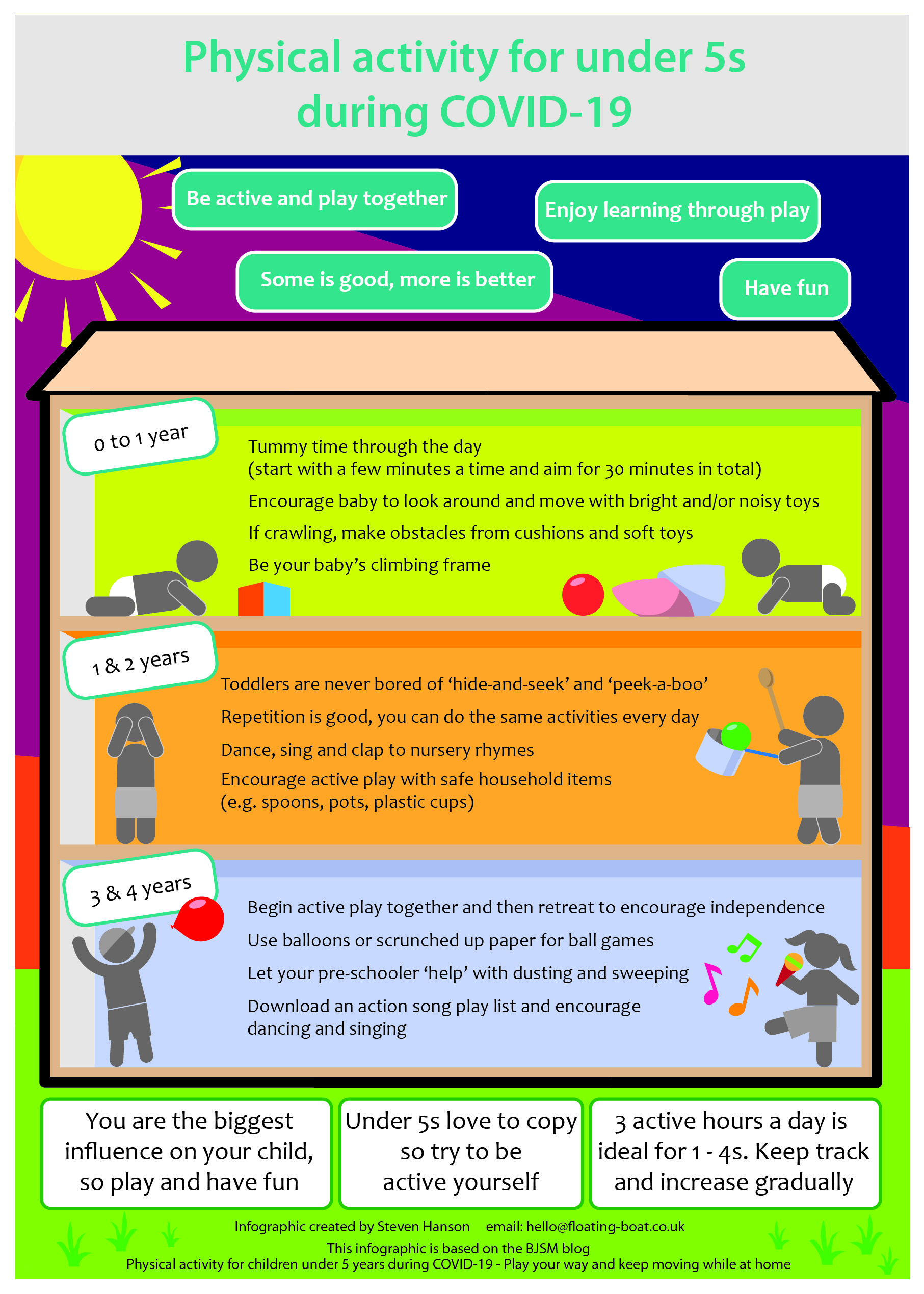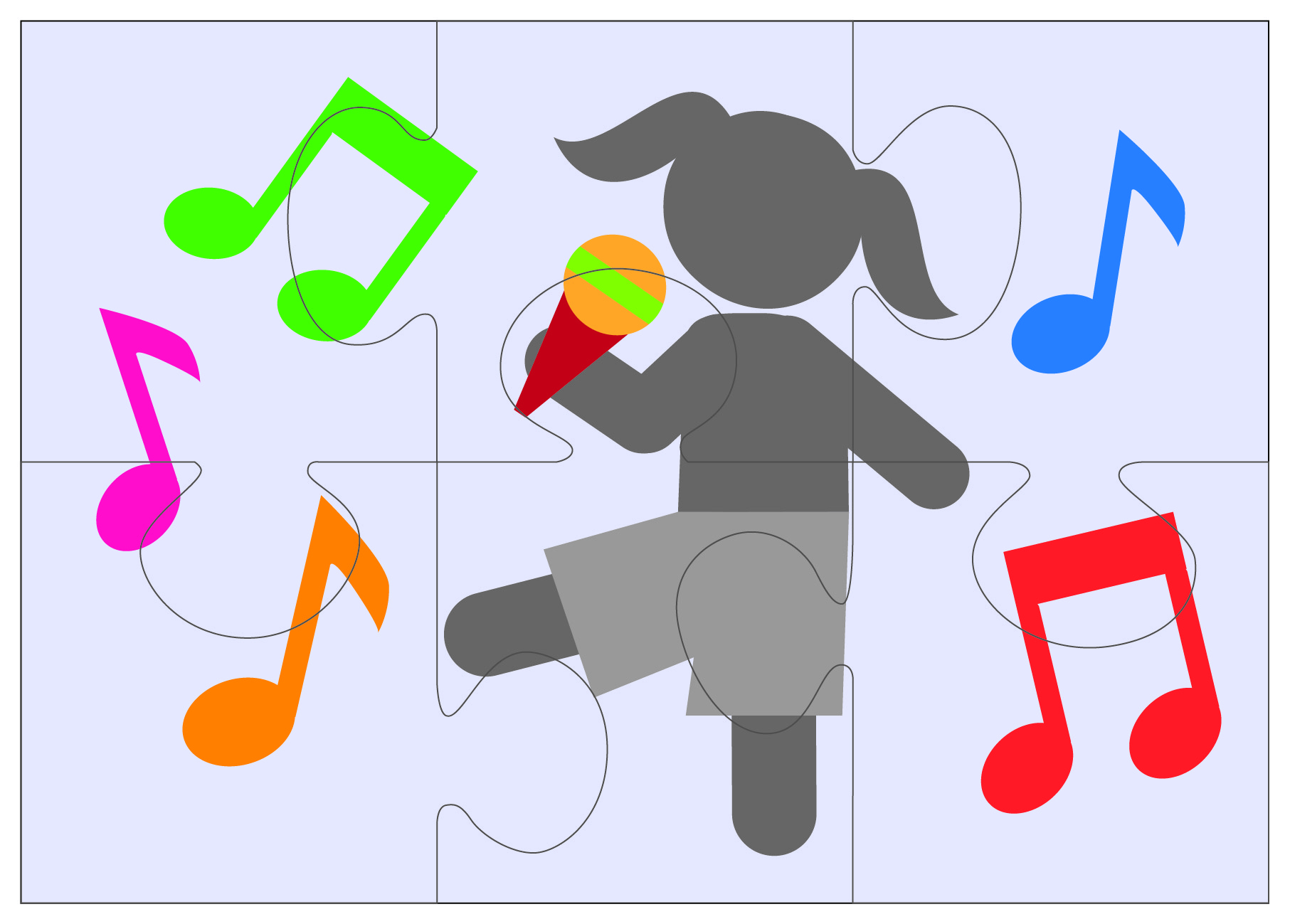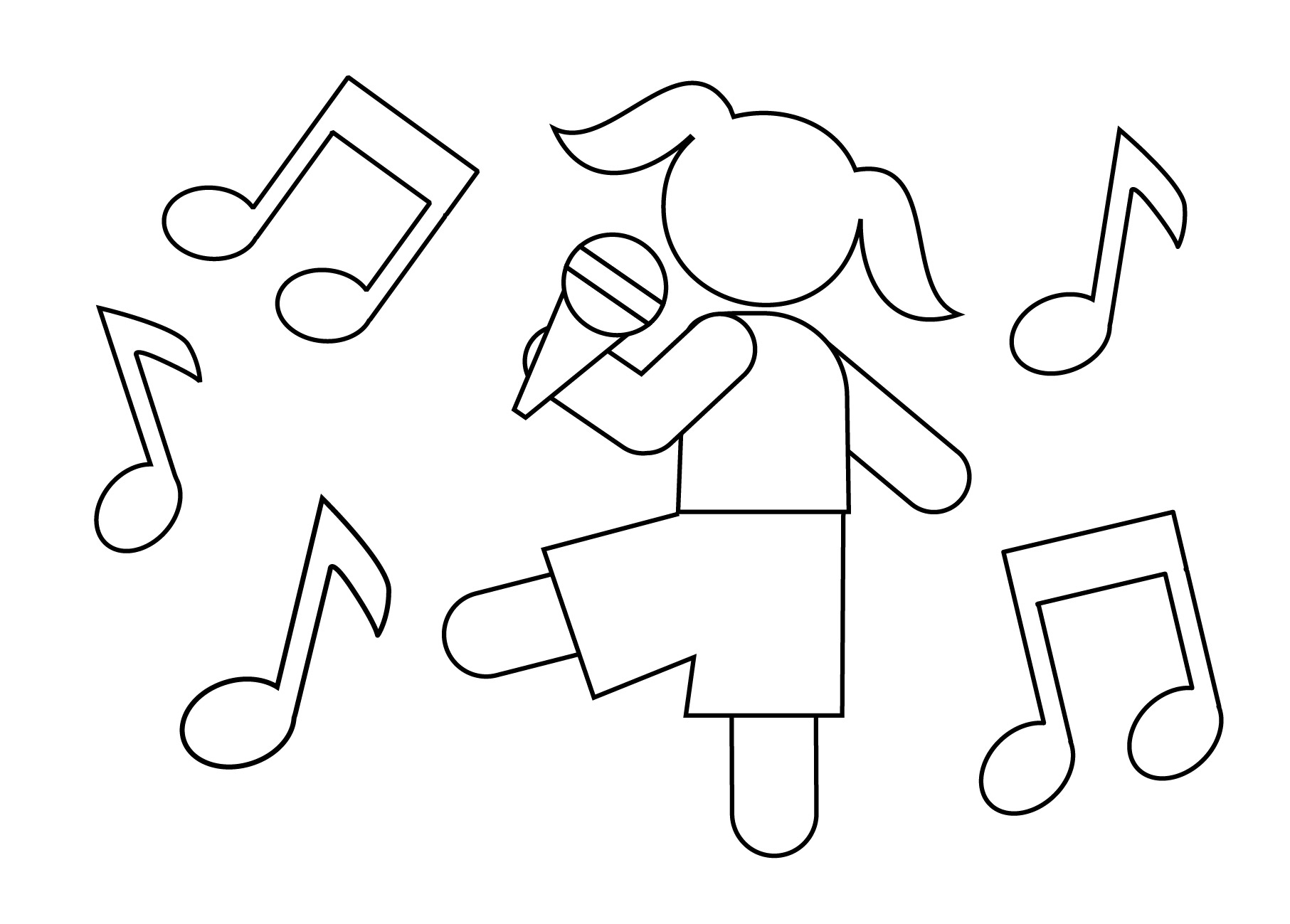By Simone Tomaz @sim_tomaz, Samantha Fawkner @s_fawkner, Ailsa Niven @AilsaNiven, Steven Hanson @SteveFloatBoat, Chloë Williamson @Chlobobs_, Paul Kelly @narrowboat_paul and Coral L Hanson @HansonCoral
The COVID-19 pandemic has changed the way we live and for many parents of children under-5, life at home may be upside down, giving new meaning to the word ‘chaos’. Without childcare and facilities for under-5s, parents may feel overwhelmed, whether they were stay-at-home or working parents pre-COVID-19. Watching TV or playing on a tablet may be helpful solutions to entertain a restless toddler (1-2y) or pre-schooler (3-4y), but can mean that they keep still for longer than normal.
The benefits of physical activity for babies, toddlers and pre-schoolers are well-described in the UK Physical Activity Guidelines.1 It is also important to try to make sure that our little ones spend minimal time sitting still, and get enough sleep. For 0-5s, the WHO has published guidance for being physically active, limiting sedentary behaviour, and getting good quality sleep in a 24-hour day.2 In this blog, we focus on the importance of keeping 0-5s physically active, despite the challenges of COVID-19. We deliberately focus on being inside; although if guidelines allow, getting outside is also beneficial.
WHY and HOW MUCH?
Physical activity guidelines are indicative targets for various stages of a child’s development. Physical activity in 0-5s is favourably linked with a range of health outcomes such as bone and cardiometabolic health, mental and motor skills development. For babies specifically, tummy time is positively linked with reaching developmental milestones earlier.3,4
The guidance indicates that babies should be physically active several times a day every day (e.g. interactive floor-based activities/play, crawling, doing movements such as reaching and grasping or rolling over). Babies who are not yet mobile should have at least 30min/day of tummy time spread throughout the day while awake. We know that babies do not always enjoy tummy time, and this is O.K.! The 30 minutes can be made up of short stints of 1-2 minutes at a time, and you can build it up as your baby becomes used to it.
Toddlers and pre-schoolers should ideally spend at least 3hours/day, spread throughout the day in a variety of physical activities at any intensity (e.g. interactive play, dancing, crawling). For pre-schoolers, if possible, this should include at least 1hr of moderate-to-vigorous intensity physical activity (‘energetic play’ making the child ‘huff and puff’, e.g. jumping, climbing, running).
These are ideal targets, but we are not living in ideal times. The main thing is to remember that some physical activity is better than none, and more is better.
WHAT?
Physical activity ideas for babies
Tummy time can be more fun and interesting for babies by placing them on surfaces that have varying textures (e.g. fluffy blankets, towels, play mats). Try scattering toys of varying shapes, sizes, colours and even some noisemakers (e.g. rattles, soft toys, teething toys, squeaky toys) just out of their reach to encourage them to lift their heads up, look around them, reach, roll and belly crawl. For babies already crawling, obstacle courses with several safe, soft toys and household items like cushions can work well. Don’t forgot that adults can function as climbing equipment, and that repetition of activities for babies is good.
Physical activity ideas for toddlers
Toddlers are full of energy and sometimes the greater struggle is keeping them engaged with an activity for more than a few minutes at a time. Toddlers seem to love things that they shouldn’t play with (e.g. the crockery cupboard, TV remote, bookshelf). We advise that you have their toys (e.g. balls, blocks) readily available to them in a designated play area, if possible. Try introducing a variety of safe but common household items for them to explore (e.g. silicon oven mitts, wooden spoons, pots, plastic cups). This exploration may be noisy! Having music on in the background may encourage them to dance and clap while they play. As is the case with babies, repeating activities is good, and games that include adults (e.g. ‘hide-and-seek’, ‘peek-a-boo’) never go out of fashion!
Physical activity ideas for pre-schoolers
Like with school-aged children and suggestions in our previous BJSM blog, you can combine learning with physical activities (e.g. ‘Simon Says’, counting while doing hopscotch, playing ‘Songs and Statues’ to practice balancing) to encourage skill and cognitive development. Pre-schoolers enjoy ball games that allow them to learn and practice skills (e.g. bouncing, rolling, kicking, catching; preferably in a ball-friendly room). They can learn some of these skills using balloons or newspaper scrunched into a ball. You can introduce targets using laundry baskets or empty plastic bottles as skittles. Pre-schoolers enjoy dancing and singing to music, and music applications like Spotify have downloadable playlists designed for gross motor skill development. Some pre-schoolers may respond particularly well to routine, so identifying when they seem most keen to play and keeping to a schedule could encourage more independent play. Consider involving your pre-schoolers in household chores; we may not enjoy it ourselves, but ‘helping out’ with the dusting, laundry or sweeping the floor is another way to keep moving.
HOW?
Most evidence suggests that one of the biggest influences on the physical activity levels of 0-5s is their parent/carer.5-8 So although at this time we don’t have access to play parks and soft-play, we do have access to one of the biggest physical activity assets in under-5s life – their adult(s)! We can encourage our children to be active by getting involved and spending time actively playing with them (see above for suggestions on what). Pre-schoolers can often play independently, so get them started with an activity, and then retreat. It can be helpful to keep track of how active your child has been each day, and if it is low then set yourself a goal to increase it (be realistic and aim for small initial changes). Also, it can be useful to try to plan certain times of the day for activities (e.g. dancing post-nap), and try to stick to the routine. As noted above, babies and toddlers love repetition so revisiting the same activities each day works well. Even if you might think you need to come up with new exciting ideas every day, rest assured, you don’t. Finally, if you can find time to be active, this will be beneficial for your own physical and mental health (see previously published BJSM blog) and will show your wee one that physical activity is important.
The infographic below is for parents of under-5s who are at home with children and aims to give some ideas about how to keep young children active.
We hope that you find the information useful to help keep our under-5s active at this challenging time. We’ve drawn from the latest scientific evidence, and our experiences as parents. We encourage parents to share this infographic with friends and family using social media (Twitter, Facebook, WhatsApp etc.). We’ve also created a jigsaw puzzle to print for your pre-schooler to colour-in and assemble. You can download them below:
A few tips for the jigsaw puzzle: After your child has coloured it in, paste the picture on a cereal box for a less flimsy puzzle and then cut out the puzzle pieces. You could also print it out and stick it on a wall at home to remind you of fun activities!
***
Simone Tomaz1 (corresponding author) @sim_tomaz, Samantha Fawkner2 @s_fawkner,, Ailsa Niven2 @AilsaNiven, Steven Hanson3 @SteveFloatBoat, Chloë Williamson2 @Chlobobs_, Paul Kelly2 @narrowboat_paul and Coral L Hanson4 @HansonCoral
1 Faculty of Health Sciences and Sport, University of Stirling, Stirling, FK9 4LA (simone.tomaz@stir.ac.uk)
2 Physical Activity for Health Research Centre, Institute for Sport, Physical Education and Health Sciences, University of Edinburgh, Edinburgh
3 Floating Boat Design Solutions, Stocksfield, UK
4 School of Health and Social Care, Edinburgh Napier University, Sighthill Campus, Edinburgh, EH11 4DN, UK.
References
- Reilly JJ, Hughes AR, Janssen X, Hesketh KR, Livingstone S, Hill C, et al. GRADE-ADOLOPMENT Process to Develop 24-Hour Movement Behavior Recommendations and Physical Activity Guidelines for the Under 5s in the United Kingdom, 2019. J Phys Act Health. Human Kinetics; 2020 Jan 1;17(1):101–8. doi: 10.1123/jpah.2019-0139
- Willumsen J, Bull F. Development of WHO Guidelines on Physical Activity, Sedentary Behavior, and Sleep for Children Less Than 5 Years of Age. J Phys Act Health. Human Kinetics; 2020 Jan 1;17(1):96–100. doi: 10.1123/jpah.2019-0457
- Carson V, Lee E-Y, Hewitt L, Jennings C, Hunter S, Kuzik N, et al. Systematic review of the relationships between physical activity and health indicators in the early years (0-4 years). BMC Public Health. 2017 Nov 20;17(Suppl 5):40–63. doi: 10.1186/s12889-017-4981-5
- Powell KE, King AC, Buchner DM, Campbell WW, DiPietro L, Erickson KI, et al. The Scientific Foundation for the Physical Activity Guidelines for Americans, 2nd Edition. J Phys Act Health. Human Kinetics; 2019 Jan;16(1):1–11. doi: 10.1123/jpah.2018-0618
- Barnett LM, Hnatiuk JA, Salmon J, Hesketh KD. Modifiable factors which predict children’s gross motor competence: a prospective cohort study. Int J Behav Nutr Phys Act. 2019 Dec 1;16(1):1–11. doi: 10.1186/s12966-019-0888-0
- Hoyos-Quintero AM, García-Perdomo HA. Factors Related to Physical Activity in Early Childhood: A Systematic Review. J Phys Act Health. 2019 Aug 23;16(10):1–12. doi: 10.1123/jpah.2018-0715.
- Hesketh KR, O’Malley C, Paes VM, Moore H, Summerbell C, Ong KK, et al. Determinants of Change in Physical Activity in Children 0–6 years of Age: A Systematic Review of Quantitative Literature. Sports Med. 2017 Jul 1;47(7):1349–74. doi: 10.1007/s40279-016-0656-0
- Bingham DD, Costa S, Hinkley T, Shire KA, Clemes SA, Barber SE. Physical Activity During the Early Years: A Systematic Review of Correlates and Determinants. Am J Prev Med. 2016 Sep;51(3):384–402. doi: 10.1016/j.amepre.2016.04.022


